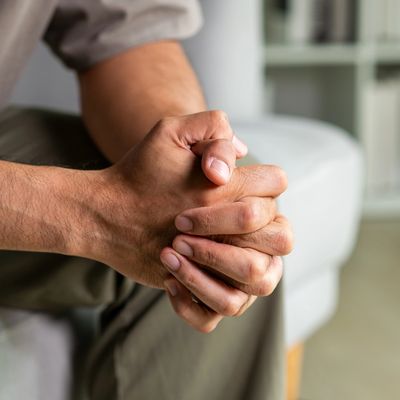Bipolar Disorders Are Treatable

Bipolar Disorders
Bipolar I disorder requires the lifetime experience of at least one manic episode and bipolar II disorder requires the lifetime experience of at least one hypomanic episode and one major depressive episode.
A manic episode is a persistent period of time when an individual experiences an abnormal increase in activity or energy most of the day, nearly everyday for at least a week. During this time other symptoms may include inflated self-esteem, decreased sleep, racing thoughts, impulsivity, being more talkative than usual, being easily distracted, having an increase in activity, and even involvement in activities with negative consequences. The same symptoms can be present during a hypomanic episode but are shorter lasting. There is a 1.3%-5% lifetime prevalence of bipolar I and bipolar II disorders, and on average there is an eight year delay in accurate diagnosis and treatment.
Compared to the general population, individuals living with bipolar disorder have a 15%-30% higher suicide rate and that up to 20% of individuals living with untreated bipolar disorder will have completed suicide. Prompt diagnosis and treatment improve the prognosis, reduce the rate of relapsing mood episodes, and doubles the rate of medication response. Mood stabilizing medications are the mainstay of treatment for bipolar disorders.
This website uses cookies.
We use cookies to analyze website traffic and optimize your website experience. By accepting our use of cookies, your data will be aggregated with all other user data.
